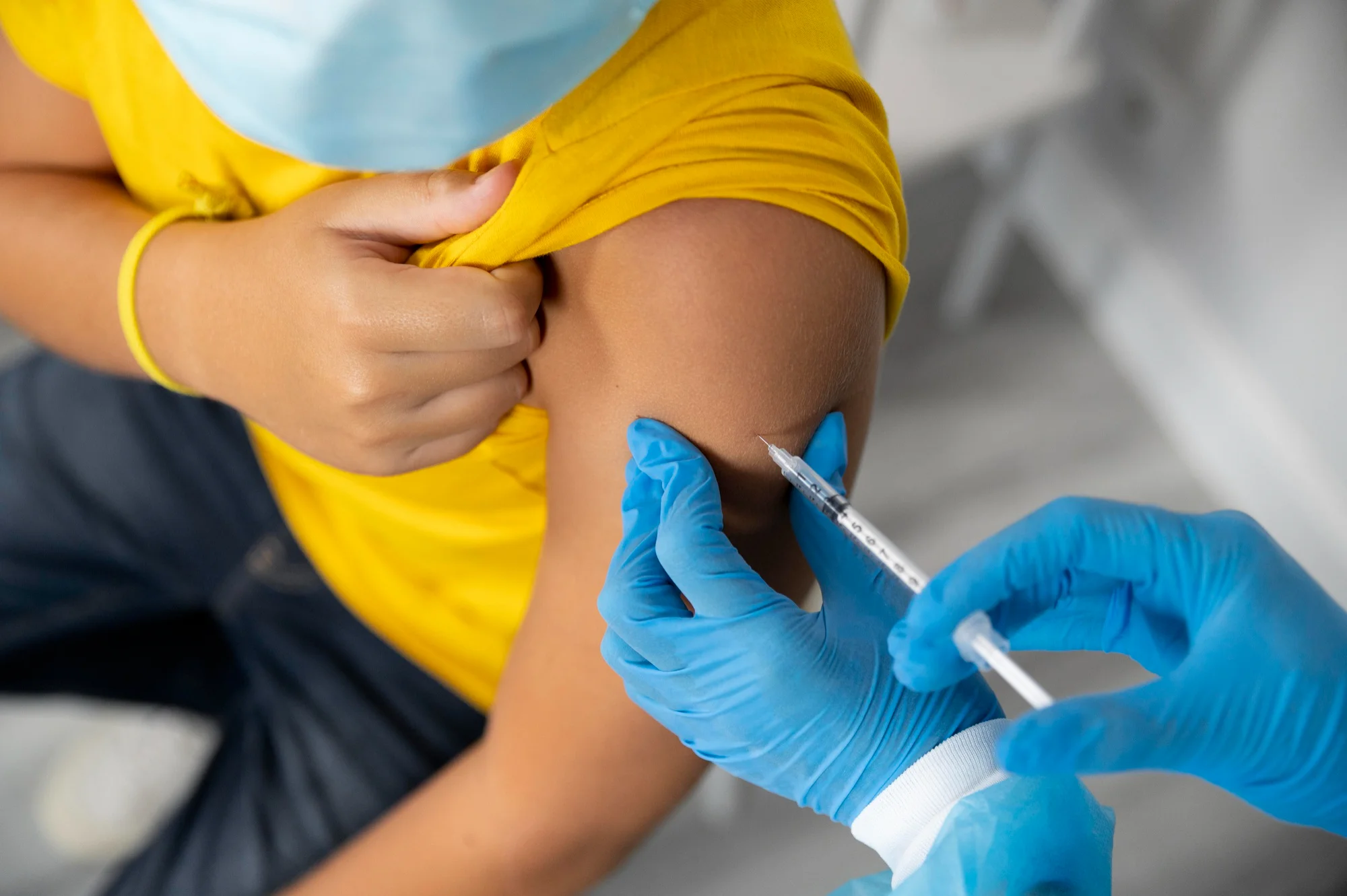As the prevalence of hepatitis B continues to be a critical public health issue worldwide, a recent study published in the Revue d’épidémiologie et de santé publique lays bare the situation within the healthcare setting of the Tunis Military Hospital. Chronic hepatitis B, a persistent viral infection that primarily affects the liver, can lead to severe adverse health outcomes such as cirrhosis, liver insufficiency, or even liver cancer. In a country like Tunisia, with intermediate endemicity, the impact of this virus is significant, with reported data showing the need for improved preventive measures within medical facilities. This article delves into the intricacies of the study, emphasizing the prevalence of hepatitis B markers among healthcare personnel and assessing vaccination status to provide insight into the efforts made in controlling the spread of hepatitis B in Tunisia.
In the shadows of the ancient city of Tunis, modern battles are fought not with swords and shields but with needles and vaccines. The Tunis Military Hospital, a prominent healthcare institution, recently became the focus of a comprehensive sero-epidemiological study. Conducted over five months, from September 2013 to January 2014, researchers sought to understand the prevalence of viral biomarkers of hepatitis B among healthcare personnel. The study involved 1497 volunteers from the hospital staff, providing an extensive dataset for analysis.
The study’s results, described in the report by Zayet et al., indicated that 18.1% had a positive hepatitis B core (HbC) antibody titer, with 15.3% positive for both HbC and hepatitis B surface (HbS) antibodies. Notably, only 0.8% were positive for HbC antibody alone, and 2% tested positive for the hepatitis B surface antigen (HBsAg), signifying current infection. Among those identified as HBsAg carriers, 56.6% had a history of needlestick injuries or other sharp object-related incidents in their professional careers, highlighting occupational hazards that health care workers face.
The study also shed light on the background of these HBsAg carriers, finding that three patients had a history of acute viral hepatitis with jaundice, and intriguingly, 90% remained asymptomatic, discovered only due to the proactive nature of the study. The prevalence of asymptomatic carriers within healthcare environments underscores the hidden risk of transmission that may go unnoticed without proper screening practices.
Reflecting on the dampened spirits that might be cast by such findings, the study exhorts a message of prevention and protection. Astonishingly, 56.1% of the hospital’s healthcare workers were immunized through vaccination. Among these, 66% possessed durable protective immunity, with HbS antibody titers exceeding 100mU/mL. However, the study also illuminates a significant vulnerability: 25.8% of the workers had no protection at all against hepatitis B, presenting an entirely negative serology. This group was promptly offered a complete vaccination regimen, underscoring the hospital’s commitment to safeguarding its staff.
The implications of this study are far-reaching, illustrating not only the prevalence of hepatitis but also the critical importance of vaccination in healthcare settings. As the hepatitis B vaccine remains the cornerstone of prevention efforts, highlighting its place in protecting workers becomes imperative. The researchers strongly advocate for safe injection practices and blood safety, fundamentally coupled with expanded access to monitoring, screening, care, and treatment services.
In light of these findings, healthcare institutions, especially those in regions with intermediate to high endemicity for hepatitis B, are encouraged to take a proactive stance in ensuring the safety of their personnel. The outcomes signaled that continuing education, regular vaccination programs, and rigorous protective protocols are crucial components in the overall strategy to combat the spread of hepatitis B within healthcare environments.
The role of such studies in shaping public health policy cannot be overstated. By providing empirical data, they offer an evidentiary basis for decision-makers to allocate resources effectively, launch educational campaigns, and implement screening and vaccination programs. As this research from the Tunis Military Hospital shows, understanding the existing landscape of hepatitis B prevalence is vital in charting a path toward a hepatitis-free healthcare workforce.
Keywords
1. Hepatitis B prevalence healthcare
2. Hepatitis B vaccination status
3. Occupational health hepatitis B
4. Hepatitis B markers study
5. Tunis Military Hospital hepatitis B
In conclusion, the comprehensive study by Zayet et al. (DOI: 10.1016/j.respe.2019.03.120) stands as a testament to the ongoing efforts in combating hepatitis B. It not only highlights the prevalence of this disease among healthcare workers in a military hospital setting but also underscores the significant strides that can be made through vaccination and proactive healthcare practices. As the world continues to tackle hepatitis B, the lessons from the Tunis Military Hospital serve as a valuable blueprint for safeguarding the health and well-being of those on the front lines in the medical field.
References
1. Zayet, S. S., Osman, M. M., Besghaier, H. H., Ben Moussa, M. M., Belhadj, A. A., & Bellaaj, R. R. (2019). Prévalence des marqueurs de l’hépatite B et statut vaccinal du personnel de santé. Expérience de l’hôpital militaire principal d’instruction de Tunis. Revue d’épidémiologie et de santé publique, 67(4), 261-266. https://doi.org/10.1016/j.respe.2019.03.120
2. World Health Organization. (2017). Global Hepatitis Report, 2017. World Health Organization.
3. Trépo, C., Chan, H. L. Y., & Lok, A. (2014). Hepatitis B virus infection. The Lancet, 384(9959), 2053-2063.
4. Ott, J. J., Stevens, G. A., Groeger, J., & Wiersma, S. T. (2012). Global epidemiology of hepatitis B virus infection: New estimates of age-specific HBsAg seroprevalence and endemicity. Vaccine, 30(12), 2212-2219.
5. Kane, M. A. (1995). Global program for control of hepatitis B infection. Vaccine, 13(Suppl 1), S47-S49.
